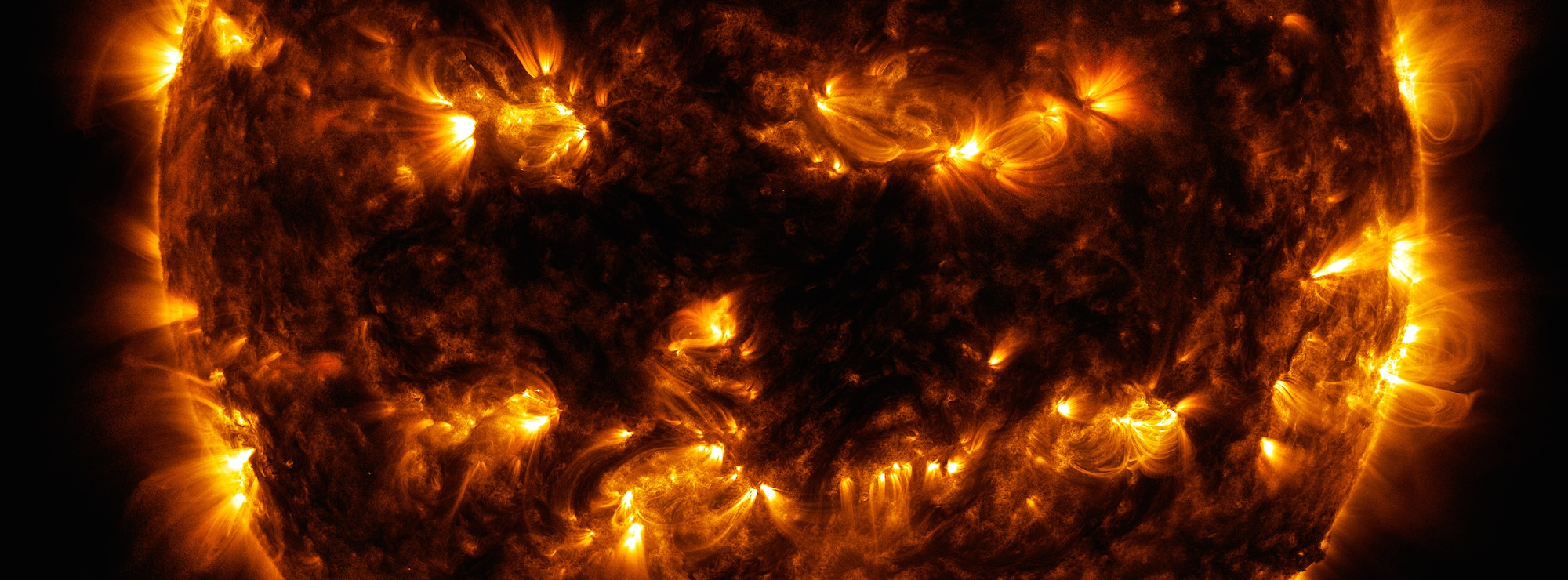The Sun
The Sun has shone on our world for four and a half billion years. The light that warms our skin today has been felt by every person who has ever lived. It is our nearest star and our planet’s powerhouse, the source of the energy that drives our winds, our weather and all life.
The passage of the Sun’s fiery disc across the sky — day by day, month by month — was the only way to keep track of time for countless past civilisations.
Don’t be fooled by the terminology; although it is a typical dwarf star, the Sun consumes 600 million tons of hydrogen each second and is 500 times as massive as all the planets combined.
This is a show if you are curious about...
- How the Sun makes live possible here on Earth.
- How the seasons work.
- How astronomers have studied the Sun and other stars in our galaxy.
- How our star, the Sun, compares to other stars in the galaxy.
- How stars are formed and what happens when they run out of energy.
- More about the dedicated telescopes that study the Sun.
- How the Sun looks in x-ray or unltraviolet light.
- How the sun can give rise to auroras here on Earth.
This show is suitable for:
- Teens and adults
Through collaboration with planetariums around the world we are able to offer this show in Swedish and English.
The Sun, Our Living Star. YouTube video.
The Planetarium is a collaboration between The Faculty of Science, Lund Observatory, the Department of Physics and the Faculty of Engineering LTH.

